Possessing pristine beauty, isolated from the outside world, Ecuador’s Galapagos Islands are likened to a paradise with a rich variety of strange and unique creatures. This place possesses 600 species of plants, 400 species of fish, 58 species of birds, 22 species of reptiles and 6 species of mammals.
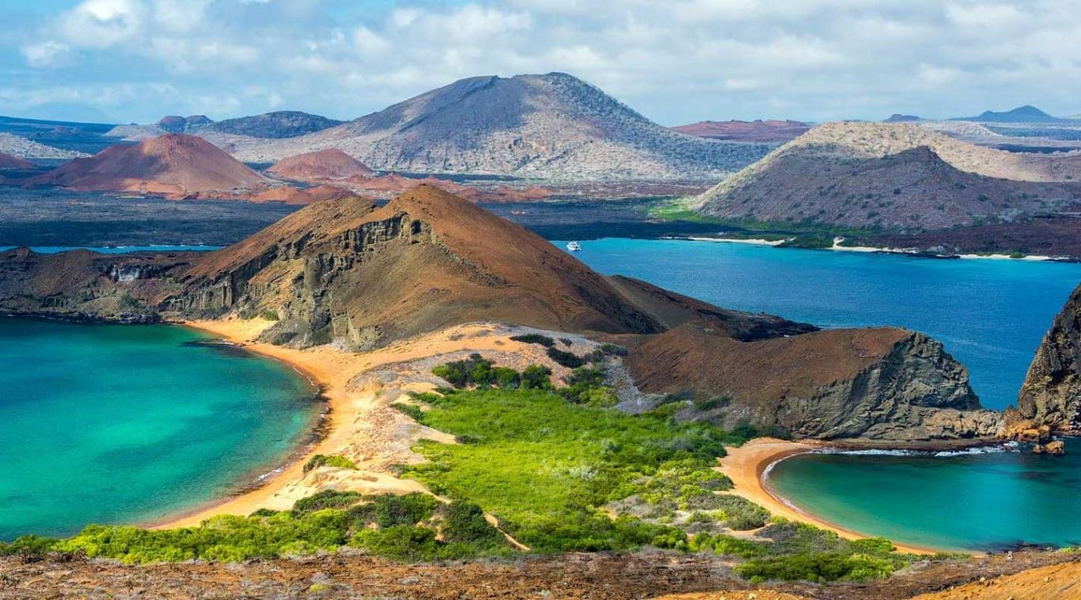
The Galapagos Islands are a World Heritage site, located in the South Pacific Ocean, 1,000 km west of central Ecuador and are known as the most beautiful archipelago on the planet. The archipelago was a deserted island until 1535, when the Spanish discovered this land.
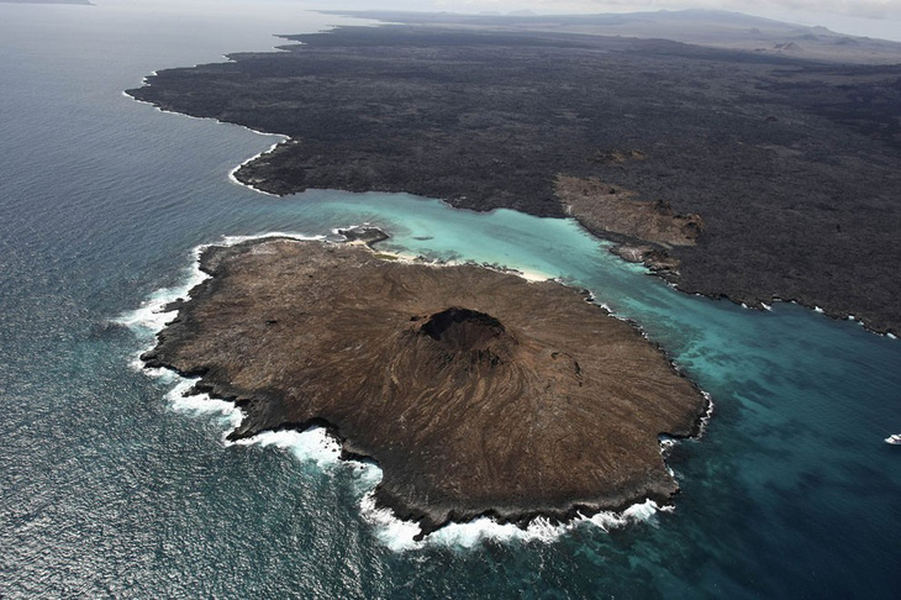
The Galapagos Islands, of volcanic origin, are one of the most biodiverse places on the planet.
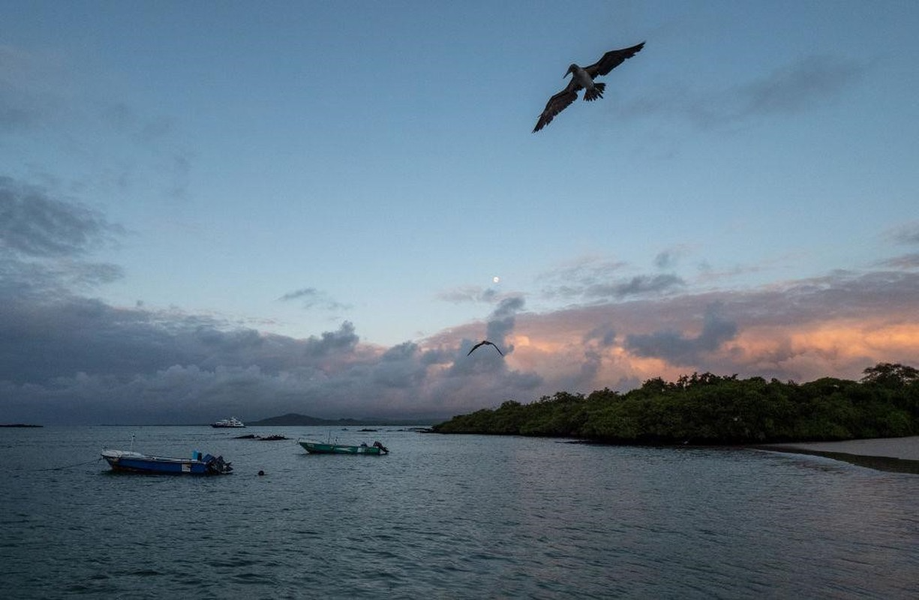 The Galapagos Islands are likened to a real-life laboratory with all sorts of strange and rare marine species. This place is also the inspiration for Darwin’s theory of evolution. Galapagos possesses 600 species of plants, 400 species of fish, 58 species of birds, 22 species of reptiles and 6 species of mammals.
The Galapagos Islands are likened to a real-life laboratory with all sorts of strange and rare marine species. This place is also the inspiration for Darwin’s theory of evolution. Galapagos possesses 600 species of plants, 400 species of fish, 58 species of birds, 22 species of reptiles and 6 species of mammals.
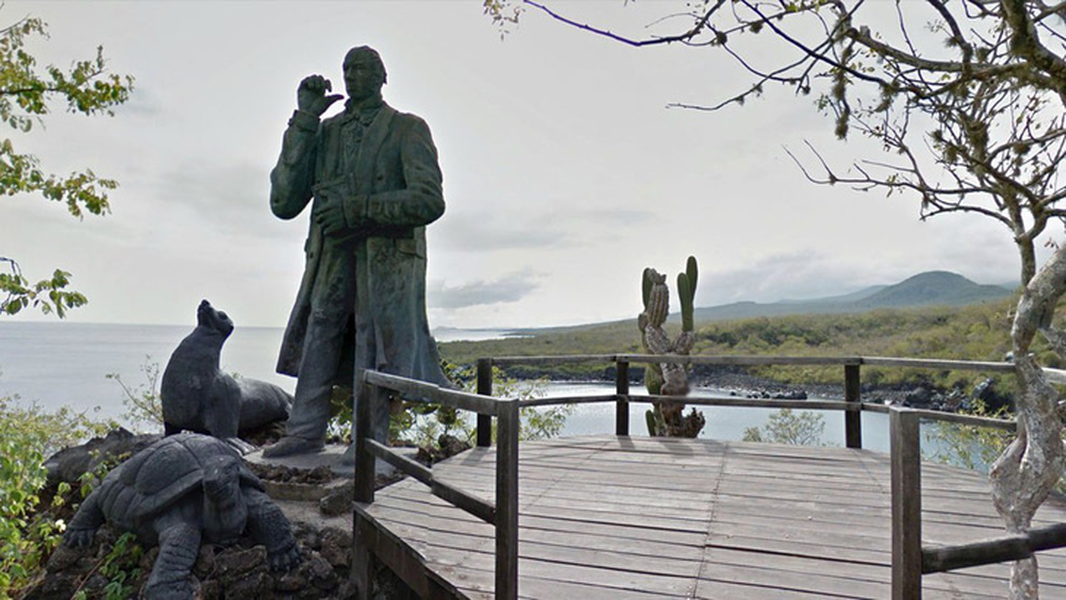
A statue of Darwin was built on the island to pay tribute to the talented biologist with his theories of evolution
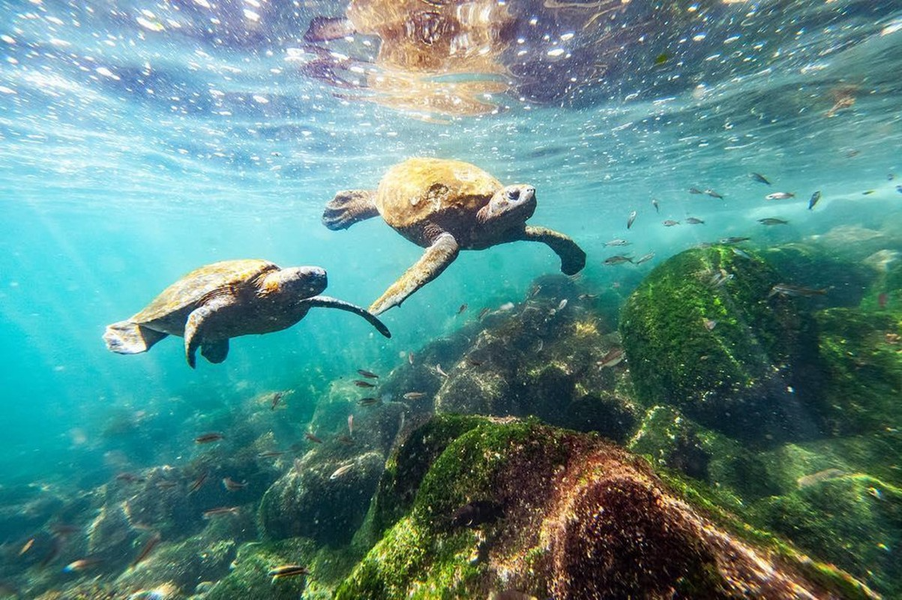
Galapagos Island is located separately from the mainland, possesses a pristine ecosystem, and is also home to many rare species of plants and animals in the world, including the Galapagos tortoise (Chelonoidis nigra) which is a typical species. best on the island.
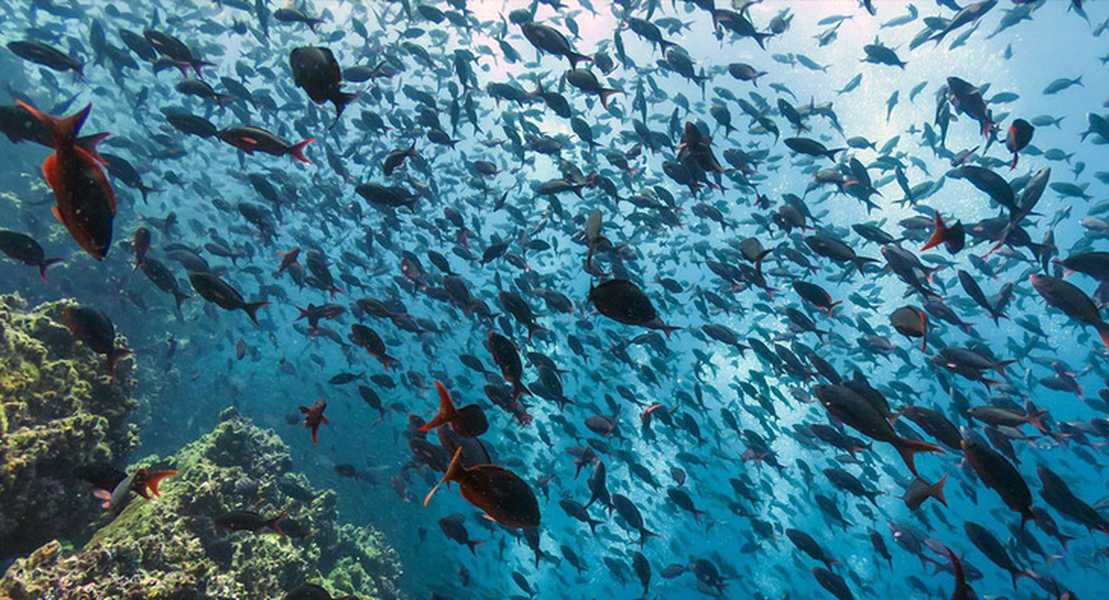
The ecosystem in the Galapagos is rich both on land, in the air and in the water.
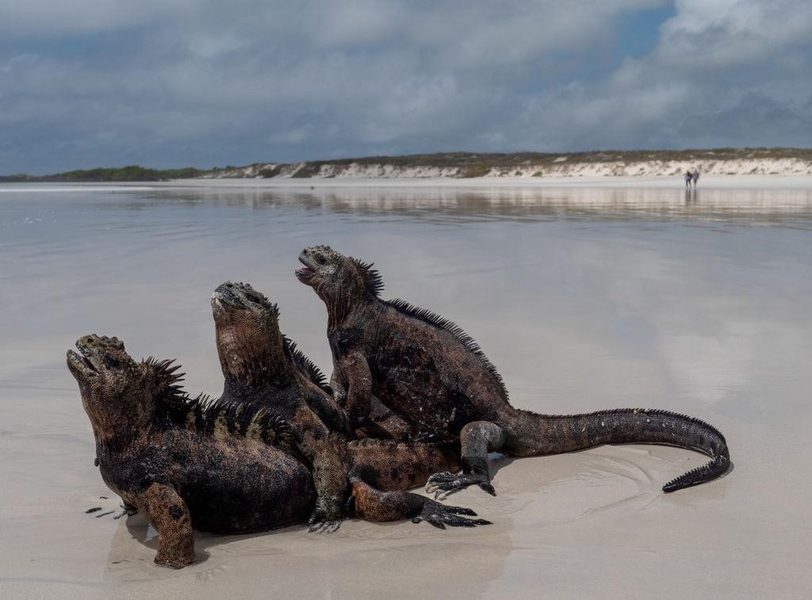 The marine iguana, commonly known as the Galapagos marine iguana (Amblyrhynchus cristatus), is a species of lizard in the Iguanidae family, first known in 1825. This is a marine reptile found only in the Galápagos Islands.
The marine iguana, commonly known as the Galapagos marine iguana (Amblyrhynchus cristatus), is a species of lizard in the Iguanidae family, first known in 1825. This is a marine reptile found only in the Galápagos Islands.
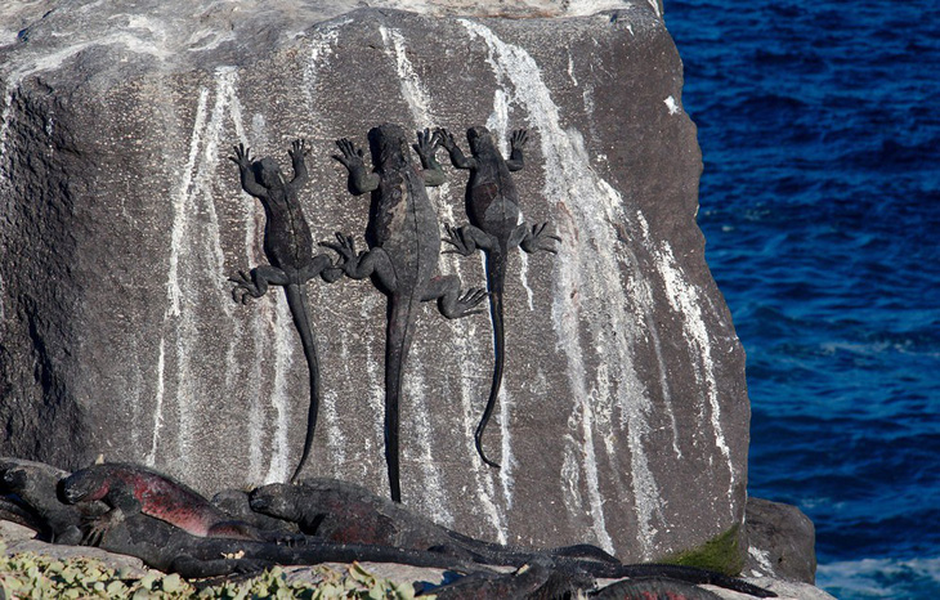
Iguanas bask in the sun on cliffs close to the sea
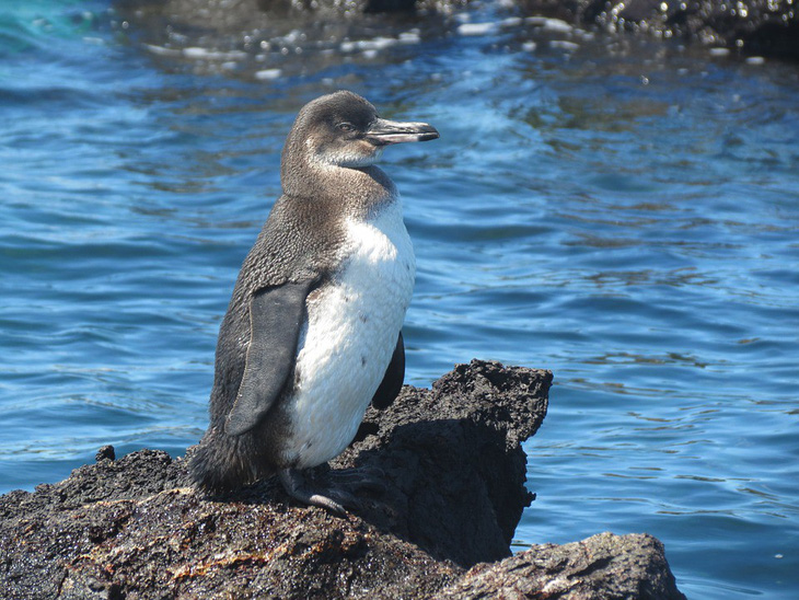 Galapagos penguins are the rarest and most endangered penguins. There are currently only 2,000 individuals left in the wild. Unlike their “brothers” living at the poles, Galapagos penguins have less fat and feathers to escape heat more easily and have many different characteristics to adapt to the warm ocean climate.
Galapagos penguins are the rarest and most endangered penguins. There are currently only 2,000 individuals left in the wild. Unlike their “brothers” living at the poles, Galapagos penguins have less fat and feathers to escape heat more easily and have many different characteristics to adapt to the warm ocean climate.
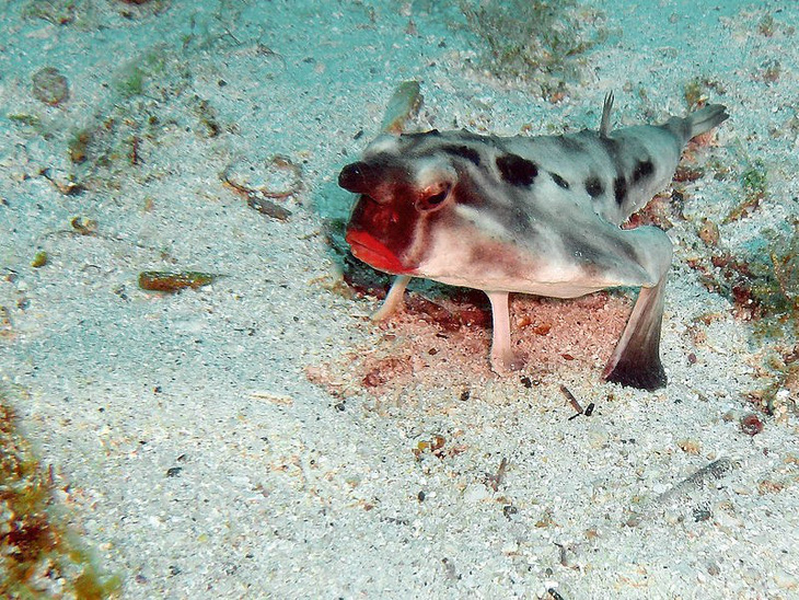 The unique red-lipped batfish in the Galapagos. Their fins act like legs, and their red lips are used to attract mates or attract prey.
The unique red-lipped batfish in the Galapagos. Their fins act like legs, and their red lips are used to attract mates or attract prey.
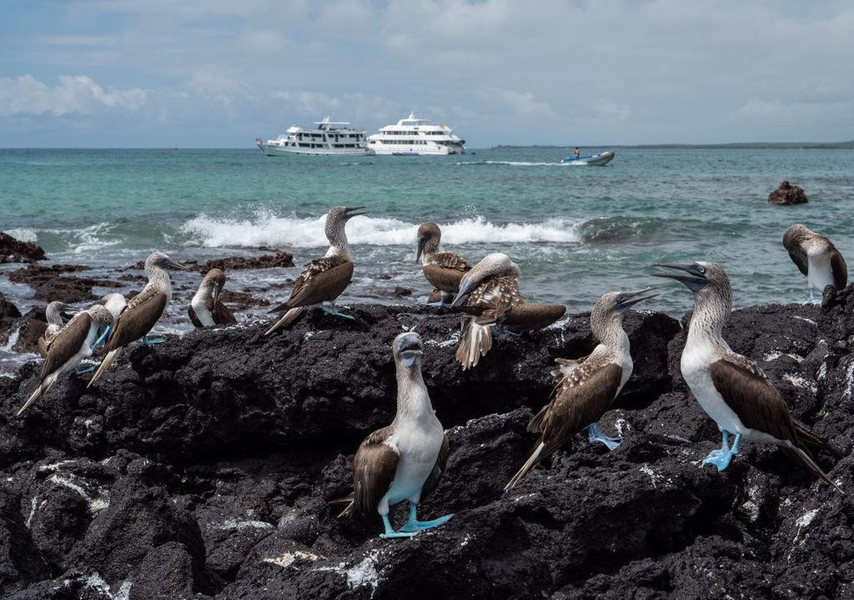
Blue-footed booby birds are a “specialty” of the Galapagos. The brighter the color on the legs shows that the male is healthier, the better the genetic quality is, and from there he can give the female more beautiful children.
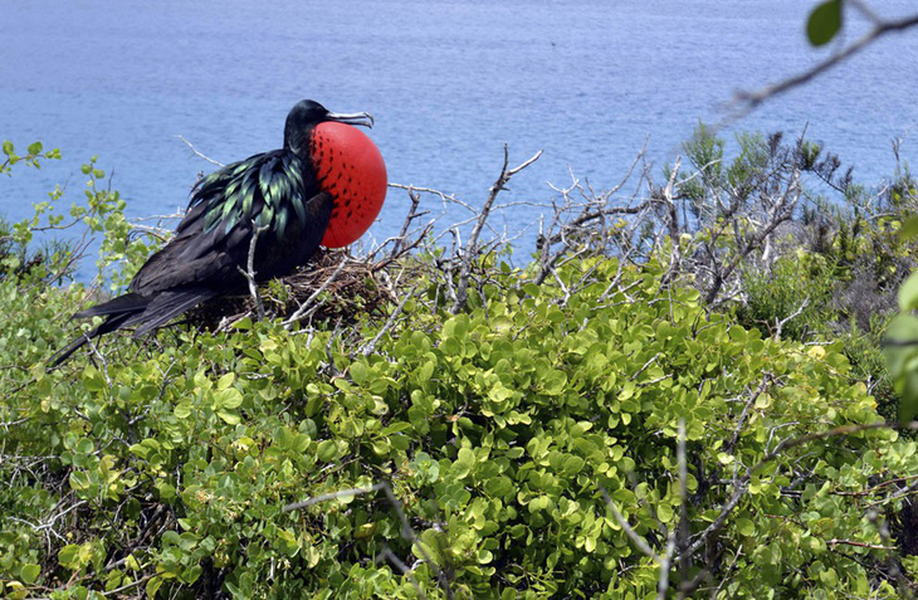
An individual Frigate bird (Sea cormorant) on the archipelago.





